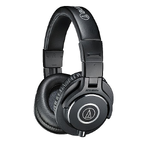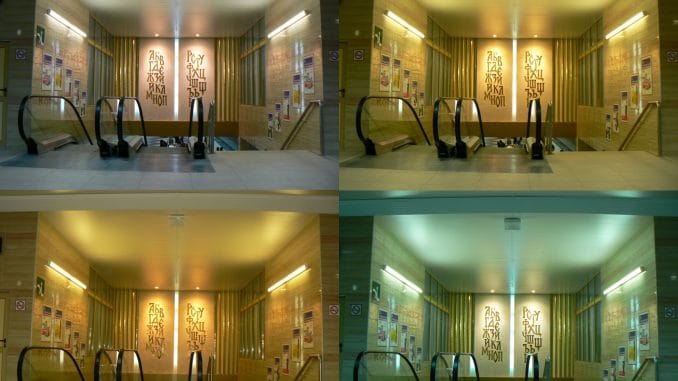Not even a year ago, I asked about inexpensive headphones for recording and wound up buying SENNHEISER HD 206 Closed-Back Over Ear Headphones. I have no good basis for judgment, but these sounded reasonable to me and I went with them. However, after wearing them for a while (>20 minutes, say), they started to hurt my ears. Just the pressure on my earlobes, possibly in combination with the temple tips of my eyeglasses.
I recently must have run over the cord with my rolling chair, because the connector broke a bit (possibly reparably). But I was thinking this may be a good time to ask about more comfortable headphones that might be comparable in price and sound quality. I bought these for $38, which I thought was a reasonable price for my as yet humble needs.
I recently must have run over the cord with my rolling chair, because the connector broke a bit (possibly reparably). But I was thinking this may be a good time to ask about more comfortable headphones that might be comparable in price and sound quality. I bought these for $38, which I thought was a reasonable price for my as yet humble needs.


